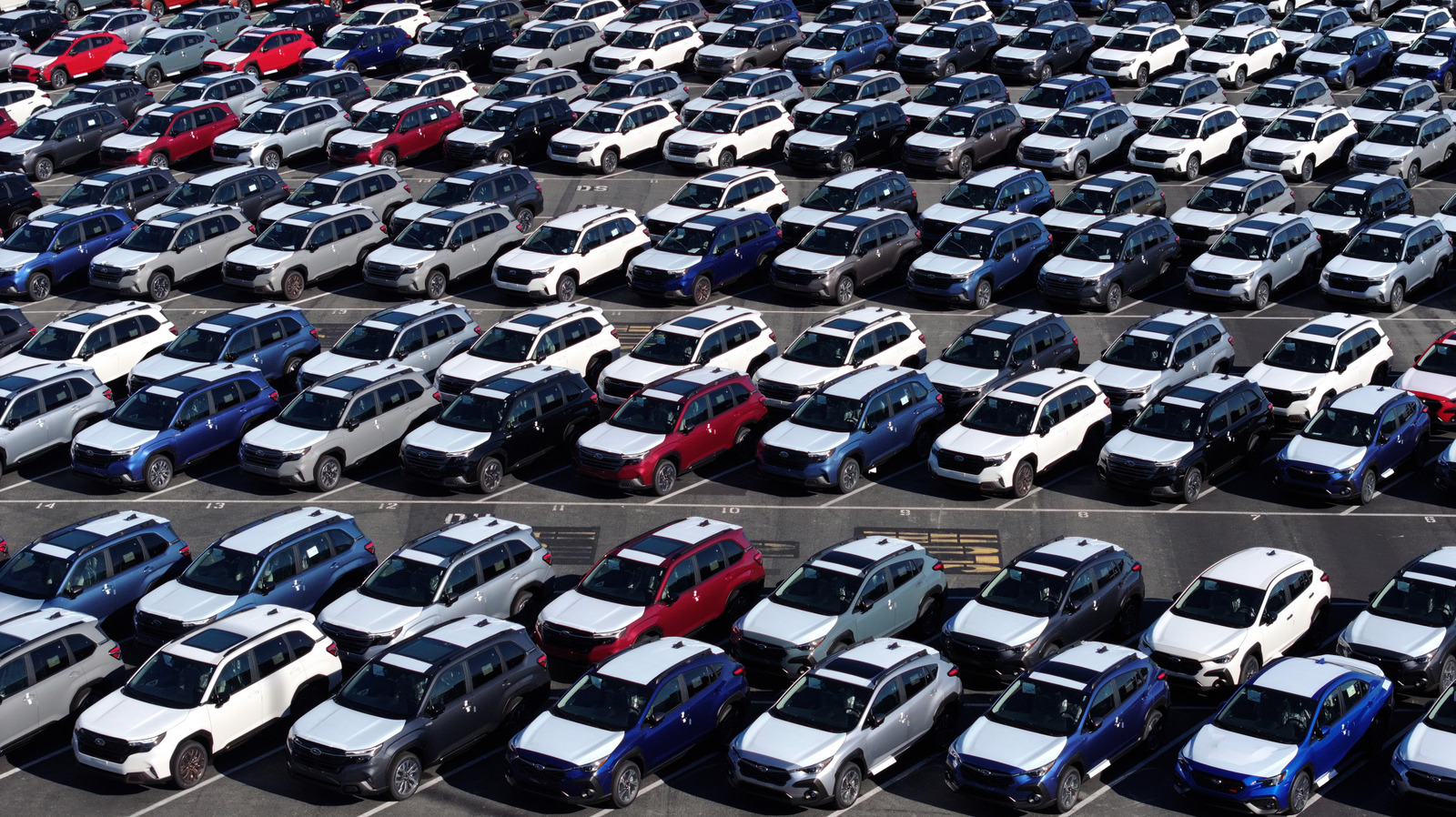Before the Covid-19 pandemic hit and cratered U.S. auto sales, the market was looking like it had robustly recovered from the prior big shock to the industry, the 2008 financial crisis. During a five year stretch from 2015-19, sales managed an average rate of 17.3 million units. Post-Covid, however, we’ve gotten nowhere near that level, and now the Wall Street Journal reports that 2025 is expected to be OK but hardly remarkable:
U.S. car sales are on pace this year to end slightly above the 15.9 million sold in 2024, according to S&P Global Mobility. Next year doesn’t look promising, however: Total production and sales are expected to dip, with tariffs weighing more on automakers and the average price of a vehicle remaining elevated, now around $50,000.
Car companies have long carried the belief that 15 million in yearly sales the “replacement rate” – that is, the level that analysts considered a sort of baseline in terms of people swapping out old cars for new ones. Ideally, you want a market running a few million units above that, for a variety of reasons. Stalling at the replacement rate is moderately alarming because Americans are supposed to love cars above all else. We haven’t been above the rate for a while: the immediate post-pandemic totals were sub-15 million, and 2023-24 averaged out to just 15.5 million.
The massive changes to the U.S. car business that the 2008 financial crisis brought about led to a focus on profits over volume. That big number for the average new-car price – 50 grand! – tells you one key thing: The era of pumping out entry-level vehicles to maintain elevated market share is completely over.
Plus, all manner of new challenges have entered the picture since 2008. The WSJ story is actually about a deluge of supply chain issues: rare earth minerals, chips, and the impact of a fire at an aluminum factory in New York. The Trump administration’s chaotic tariff policies are also creating a significant amount of agita. And of course the much-heralded EV transition was, well…probably much-overheralded. Automakers selling to the U.S. market have pulled back on their more ambitious plans.
People don’t need to buy new cars as often as they once did. New cars are, on balance, a lot better than they were back in the late 1990s and early 2000s, so folks hold on to them for longer. The average age of cars on U.S. roadways is at an all time high, at an astonishing 14.5 years, according to the Bureau of Transportation Statistics, and continues to climb. But it’s not just increased quality; those high prices for new vehicles also discourage buyers from entering the market.
The follow-on effect is that there are fewer used cars, so prices are also higher in that market. Overall, this has been a structural problem for years now, and it doesn’t appear as though it’s going to resolve any time soon. Basically, there could be as much as 3 million annual new car sales in the U.S. that simply aren’t happening anymore, depending on how far we drop below that 15-million benchmark. We could blame that on everything from high interest rates to a general climate of anxiety and fear about the future, but as it stands, those booming 17-18 million annual sales years might be a thing of the past.











